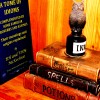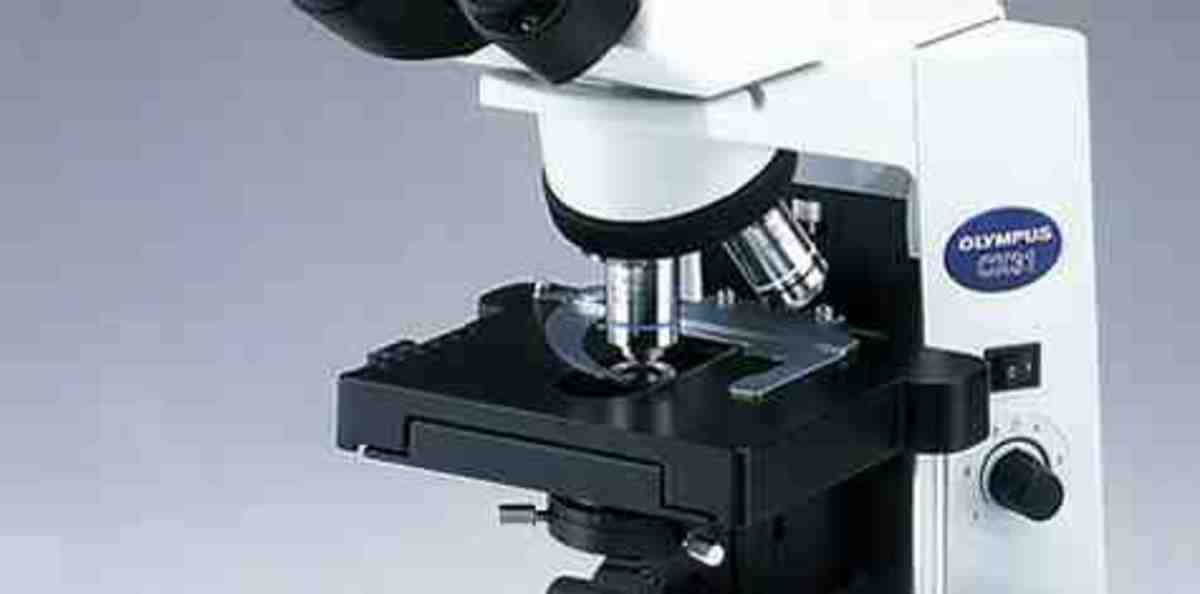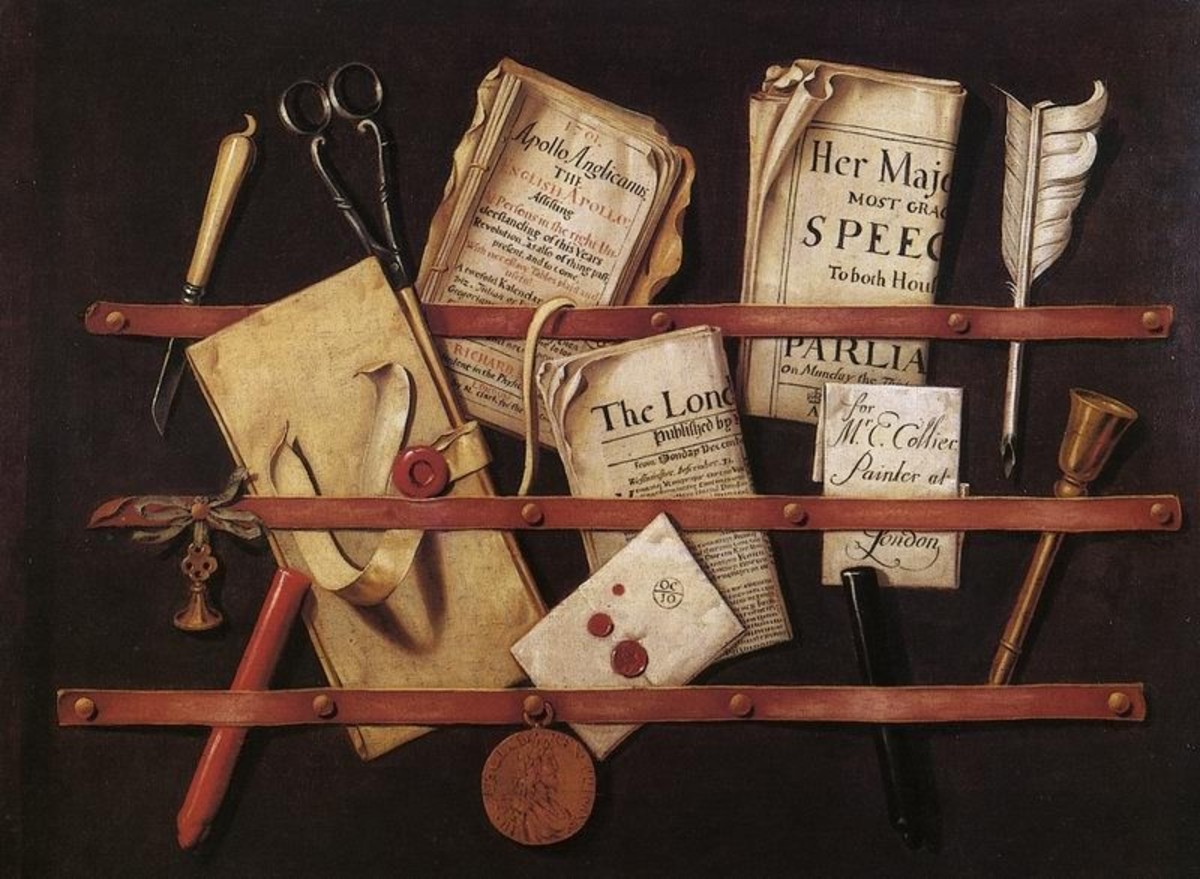Through the Microscope (Incredible Images) Part 1
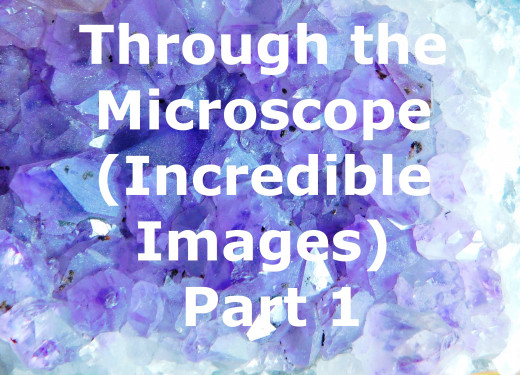
Introduction
The physicist and astronomer Christoph Scheiner wrote in 1630 “…that wonderful instrument the microscope, by means of which a fly is magnified into an elephant and a flea into a camel”. To this day, there is still nothing more fascinating than seeing close-up, and in amazing detail, the beautiful designs, and patterns from the secret worlds of plants, flowers, trees, rocks, minerals, glass, pottery, and more.
Microscope (Definition)
A magnifying instrument for allowing the eye to clearly see details of objects that would are not visible to the human eye. The name is derived from the Greek words ‘mikros’ meaning small and ‘skopeo’ to look, to see.
A micro-history of the Microscope
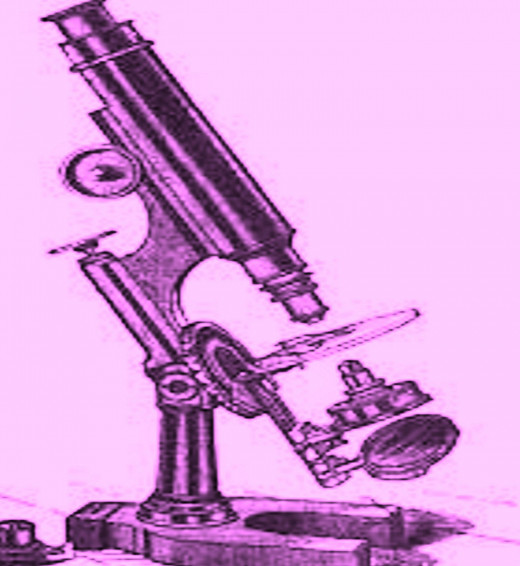
There is evidence that as early as the thirteenth century lenses were in use.
Even earlier, they were used, in the form of glass filled with water, as magnifiers to allow gem cutters to carve the finest details.
In AD63 the author Seneca wrote “Letters, however small and dim, are comparatively large and distinct when seen through a glass globe filled with water”.
By the late sixteenth and early seventeenth centuries there was a growing interest in the minute study of natural objects.
In 1590 Thomas Mouffet, an English naturalist and physician, was using magnifying glasses to study small mites.
In 1638 the French philosopher, mathematician, and scientist Rene Descartes invented the single lens microscope. This used a concave mirror to reflect rays of light onto an object.
The earliest microscopes consisted simply of a short tube of any material that would not allow in light. At one end there was a lens and at the other a glass plate on which objects were placed to be examined.
As these early instruments were mainly used for the examination of insects they were known as ‘Vitrea Pulicaria’ or ‘Vitrea Muscaria’ which roughly translates as ‘The glass pertaining to flies’.
In 1665 Robert Hooke, an English scientist and architect, also known as ‘England’s Leonardo, was the first person to see a microorganism using a microscope. This consisted of small glass balls formed by fusing threads of drawn glass.
The advancement of the microscope took a huge leap forward when in the seventeenth century Antoine Philips Van Leeuwenhoek, a Dutch businessman and scientist, perfected the polishing of minute lenses of short focal length. He was the first microscopist and microbiologist and became known as ‘The Father of Microbiology’. As well as his skill in grinding glass, he managed to accurately mount a lens into a minute hole in a metal plate.
Compound Microscope
A compound microscopes uses two sets of lenses to achieve greater magnification which creates a two-dimensional image.
The early history of the compound microscopes runs parallel with that of the telescope.
In the sixteenth century the first person to consider the idea of using a series of lenses rather than one lens was English mathematician and surveyor Leonard Digges. He was also credited with inventing the Theodolite.
Also in the (late) sixteenth century, the method of combining two lenses into a microscope or telescope was discovered accidentally by a Dutch father and son team of spectacle makers named Hans and Zacharias Janssen. The found that if they put a lens at the top and bottom of a tube an object at the bottom was magnified.
Although the Janssen’s were credited with inventing the compound microscope it was the Italian astronomer, physicist, and engineer Galileo Galilei who introduced it to the world in the book Sidereus Nuncius published in 1610.
Rock Crystals
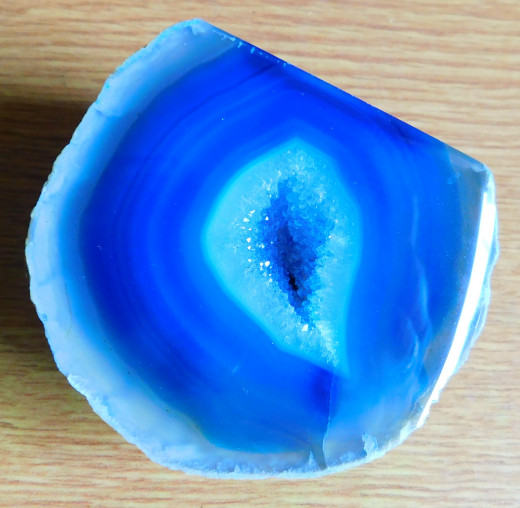

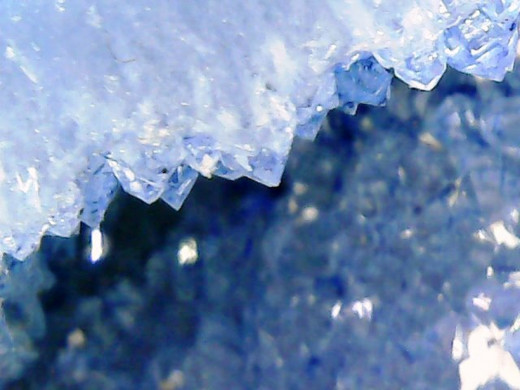
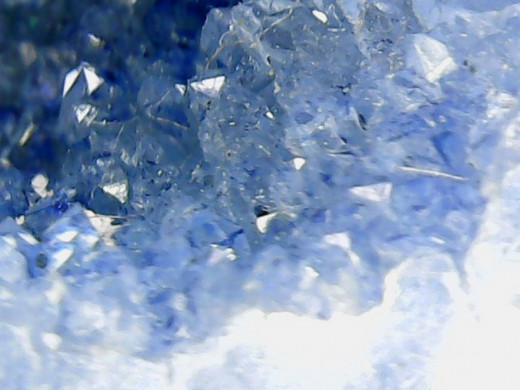
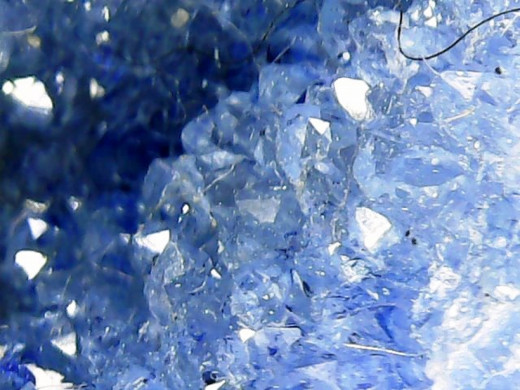
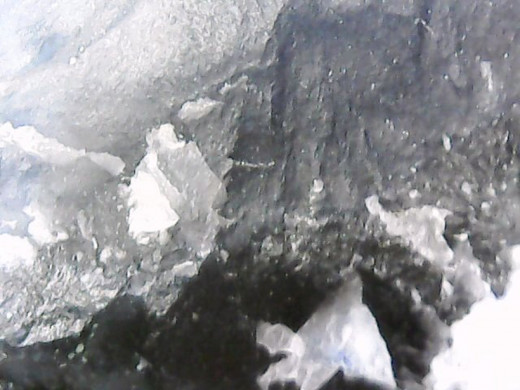
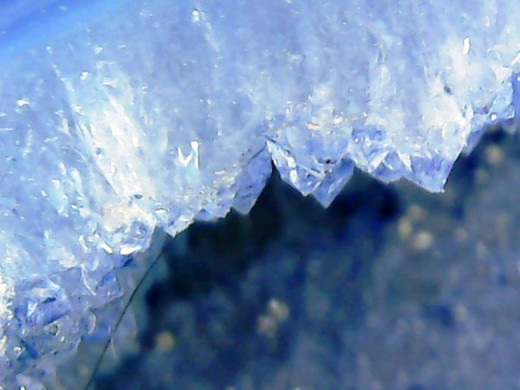
From the earliest times in history gems, crystals, and precious stones have been admired, prized, and held in great esteem. They are found in the monuments built by prehistoric people and other more recent civilisations such as the Egyptians and Incas.
Early sorcerers, sages, and wise men believed in the influence of gems and crystals on every day life and could be used among other things as a protector from evil by wearing them as a talisman.
In 1609 a Flemish mineralogist, naturalist, and physician Anselmus de Boodt wrote ‘… gem stones when applied to the body exert an action upon it, so well proven by the experience of many persons that any one who doubts this must be called over-bold. We have prove of this power in the carnelian, hematite, and jasper, all of which when applied check haemorrhage. However, it is very necessary to observe that many virtues not possessed by gems are falsely ascribed to them’.
Carnelian | Is a dull red or reddish-white semi-precious stone and is a variety of quartz.
Hematite | Is a black/silver-grey, brown/reddish-brown, or red mined as the main ore of iron.
Jasper | Is a red, yellow, brown, or green opaque impure variety of silica.
The marvellous beauty of these objects now revealed by modern science, whether you are a believer in their power or not, cannot be understated.
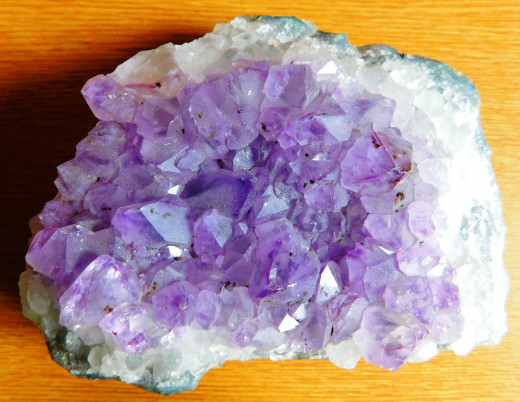
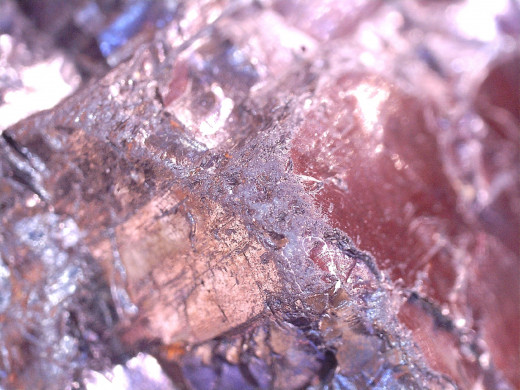

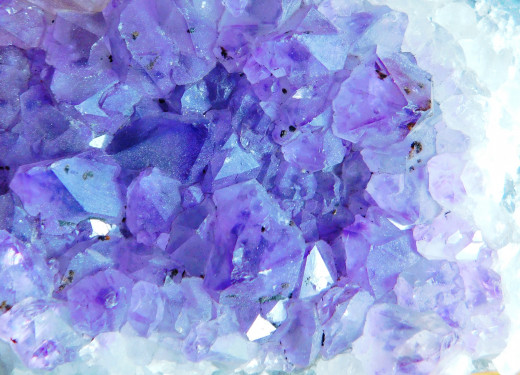

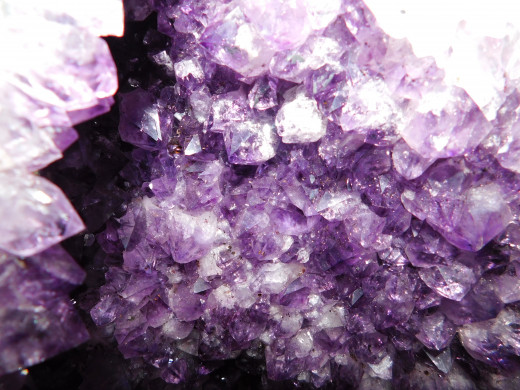
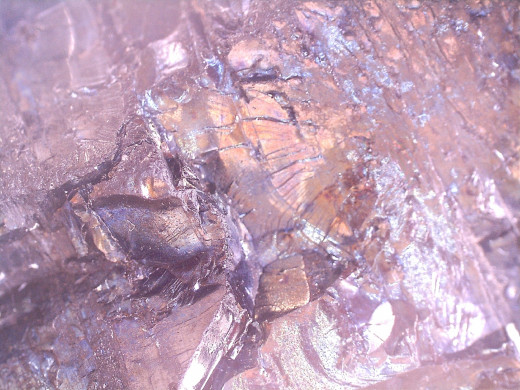
Except where stated, all images are copyright of the author and may not be used or reproduced without his express permission.
© 2020 Brian OldWolf
